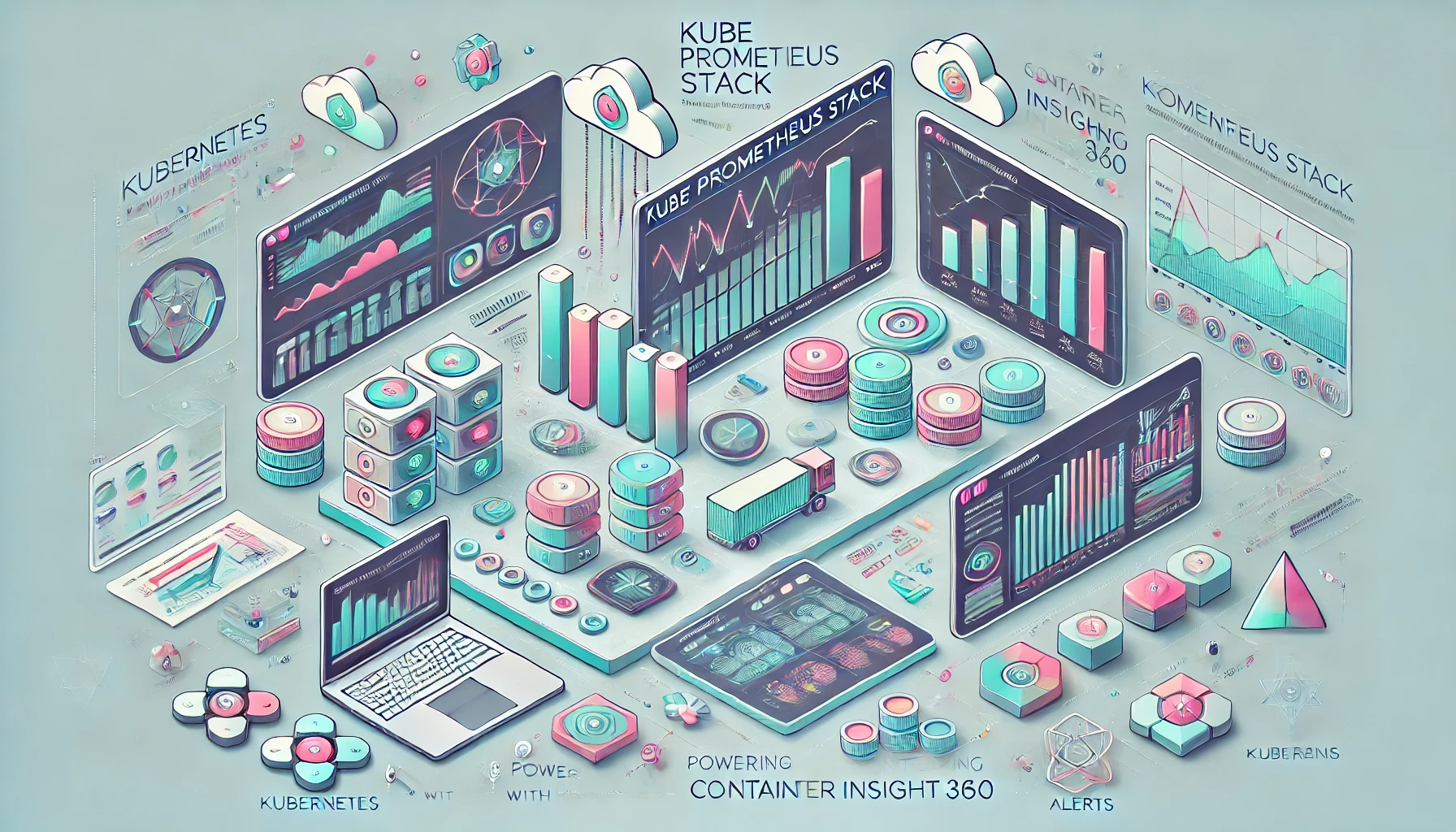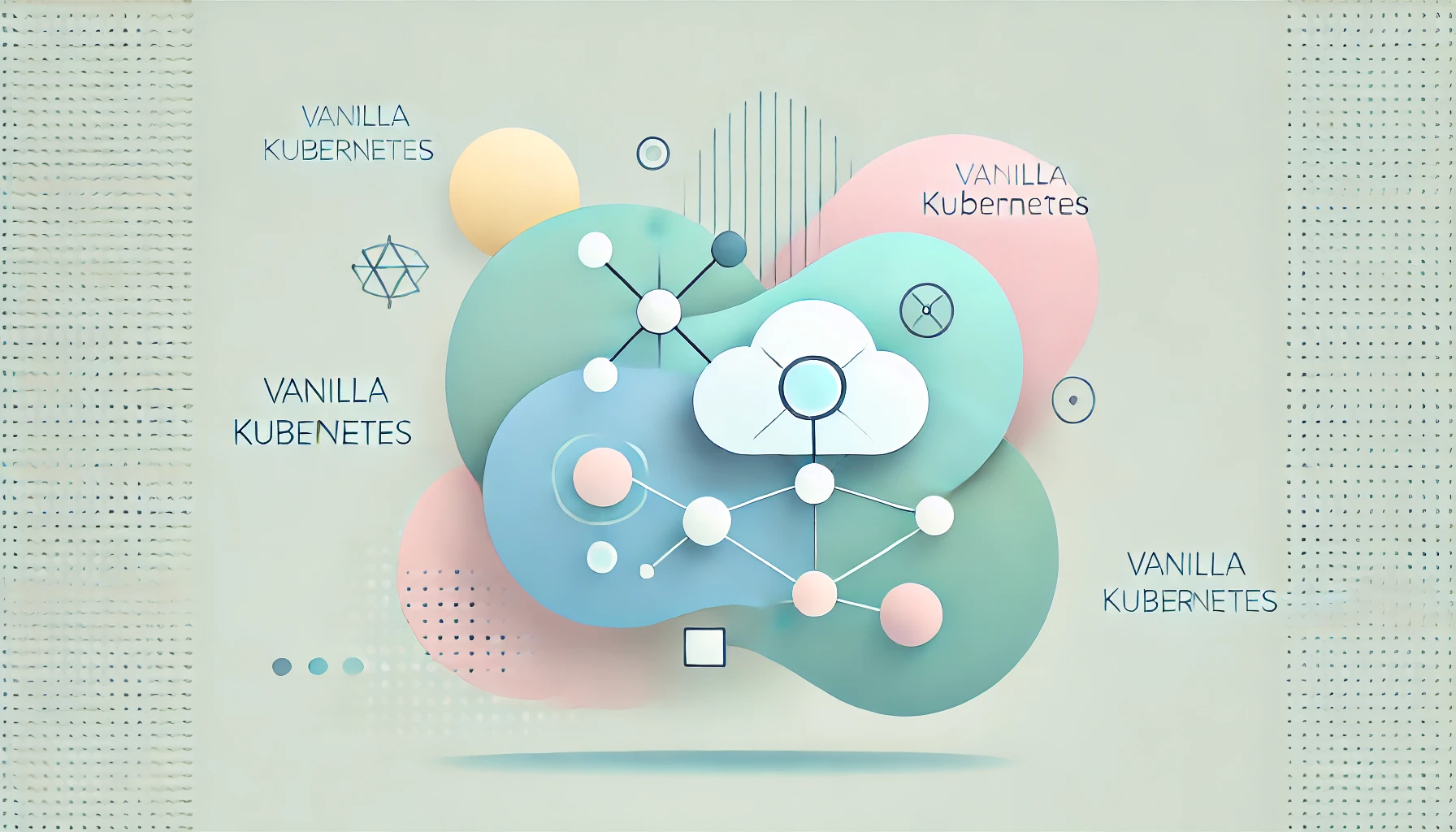Kubernetes has swiftly evolved into the backbone of modern application deployment, enabling organizations to scale their systems effortlessly while managing complex workloads. Within this Kubernetes ecosystem, VMware Tanzu and Red Hat OpenShift are two of the most notable enterprise-grade platforms leading the charge. Both platforms offer powerful solutions for managing Kubernetes clusters, facilitating DevOps workflows, and ensuring optimal performance across hybrid, multi-cloud, and on-premises environments.
In this article, we’ll delve into a detailed comparison of Tanzu and OpenShift, examining their core features, integration with DevOps tools, and their contributions to enhancing monitoring, GitOps, CI/CD workflows, and developer productivity. Additionally, we’ll discuss their capabilities in networking, high availability (HA), disaster recovery (DR), and business continuity (BC).
What is VMware Tanzu?
VMware Tanzu is a comprehensive suite of products developed by VMware to facilitate the modernization of applications and infrastructure, powered by Kubernetes. It’s specifically designed for organizations already utilizing VMware tools, and it enables enterprises to extend their existing environments to embrace cloud-native applications and modern infrastructure.
Core Features for DevOps:
Tanzu Kubernetes Grid (TKG): TKG provides a consistent Kubernetes distribution across on-premises, hybrid, and multi-cloud environments, enabling enterprises to manage their Kubernetes infrastructure with ease.
Tanzu Mission Control: A centralized management platform that enables enterprises to oversee all their Kubernetes clusters. With Tanzu Mission Control, you can enforce policies, handle multi-cloud governance, and improve security across your infrastructure.
Tanzu Build Service: This feature automates the creation of container images, ensuring seamless integration with CI/CD workflows and maintaining consistency across the software development lifecycle.
VMware Ecosystem Integration: Tanzu works seamlessly with VMware’s ecosystem, including NSX, vSphere, and VMware Cloud, ensuring enterprises have a robust, unified solution for modern cloud-native application deployment.
What is Red Hat OpenShift?
Red Hat OpenShift is another enterprise-ready Kubernetes platform aimed at accelerating the development and operations of applications. OpenShift is built with a strong focus on DevOps automation, developer productivity, and security, making it one of the most widely adopted Kubernetes solutions in the industry.
Core Features for DevOps:
Integrated CI/CD Pipelines: OpenShift comes with preconfigured CI/CD pipelines powered by Tekton. With the inclusion of GitOps (via ArgoCD), teams can streamline automation across their DevOps workflows.
Developer Productivity Tools: OpenShift simplifies container creation with Source-to-Image (S2I), which automatically builds container images from source code, reducing the overhead for developers.
Security by Default: OpenShift provides built-in security features like automated updates, Role-Based Access Control (RBAC) policies, and SELinux, ensuring a secure Kubernetes environment.
Hybrid and Multi-Cloud Support: OpenShift enables organizations to deploy workloads seamlessly across public clouds, private clouds, and on-premises environments, making it an ideal platform for hybrid and multi-cloud strategies.
Monitoring: Observability and Insights
In both Tanzu and OpenShift, monitoring is a key component for ensuring the health of applications and infrastructure. Below, we compare their monitoring capabilities.
Tanzu Monitoring:
Tanzu Observability by Wavefront: Tanzu integrates with Wavefront to provide real-time monitoring with AI-driven anomaly detection, customizable dashboards, and powerful observability tools to ensure applications perform optimally.
Integration with Third-Party Tools: While Tanzu provides native integrations with monitoring tools like Prometheus and Grafana, additional setup may be required to make full use of these tools.
Centralized Monitoring via Tanzu Mission Control: Tanzu Mission Control allows for a unified view of all Kubernetes clusters, improving the observability across multi-cloud environments.
OpenShift Monitoring:
Built-in Monitoring Tools: OpenShift includes Prometheus and Grafana out-of-the-box, with preconfigured dashboards for monitoring both cluster and application performance.
Centralized Logging: OpenShift integrates the EFK (Elasticsearch, Fluentd, Kibana) stack to aggregate logs and make troubleshooting easier across distributed systems.
Proactive Alerting: OpenShift enables proactive alerting through Prometheus, which integrates seamlessly with incident management tools like PagerDuty for faster response times.
GitOps: Infrastructure and Application Management as Code
GitOps has become an essential part of modern DevOps workflows, enabling teams to manage infrastructure and applications as code.
Tanzu GitOps:
Support for GitOps Workflows: Tanzu supports GitOps workflows through integrations with tools like FluxCD and ArgoCD, providing a seamless method for managing infrastructure and application changes through version-controlled repositories.
Integration with Tanzu Mission Control: Tanzu Mission Control enhances GitOps practices by offering policy management and configuration consistency, though it often requires manual setup compared to OpenShift.
Manual Configurations: Tanzu’s GitOps features may require more customization for some teams, offering flexibility but also demanding additional setup effort.
OpenShift GitOps:
Native GitOps with ArgoCD: OpenShift provides out-of-the-box GitOps functionality using ArgoCD, enabling teams to manage their Kubernetes applications and infrastructure declaratively with ease.
End-to-End Automation: OpenShift supports end-to-end automation for deployment, rollback, and configuration consistency, reducing manual intervention and accelerating DevOps workflows.
Ease of Adoption: With preconfigured integration into OpenShift Pipelines, DevOps teams can quickly adopt GitOps practices without extensive setup.
CI/CD Integration: Automating DevOps Workflows
Both Tanzu and OpenShift offer solutions for automating DevOps workflows, particularly in terms of continuous integration (CI) and continuous deployment (CD).
Tanzu CI/CD Integration:
Tanzu Build Service: This tool automates the creation of container images, which helps ensure that builds are consistent and secure.
Third-Party Tool Compatibility: Tanzu integrates well with Jenkins, GitLab, and other third-party CI/CD tools, providing flexibility for teams with existing tools in place.
Focus on Flexibility: While Tanzu offers strong flexibility, it may require external CI/CD tools for complete pipelines, which can increase setup time but provide more control.
OpenShift CI/CD Integration:
Out-of-the-Box CI/CD: OpenShift includes OpenShift Pipelines (powered by Tekton) for native CI/CD functionality, offering a preconfigured solution for continuous integration and deployment.
Preconfigured Integrations: OpenShift offers seamless integration with Jenkins, GitLab, and other CI/CD tools, ensuring DevOps teams can continue using their preferred tools while benefiting from the platform’s automation.
Automation Efficiency: OpenShift’s end-to-end automation features significantly reduce the need for additional third-party CI/CD solutions, accelerating deployment cycles and improving overall efficiency.
Developer Tools: Enhancing Productivity
Both Tanzu and OpenShift place a strong emphasis on improving developer productivity through advanced tools and integrations.
Tanzu Developer Tools:
Tanzu Application Service (TAS): TAS automates application deployment using buildpacks, allowing developers to focus on writing code rather than managing infrastructure.
Custom Developer Workflows: Tanzu supports integrations with IDEs like Visual Studio Code but often requires manual configuration for advanced workflows.
OpenShift Developer Tools:
Developer Console: OpenShift’s intuitive web interface allows developers to manage applications, scale deployments, and access logs, all in one place.
Source-to-Image (S2I): OpenShift simplifies container creation directly from source code, automating the process and improving developer workflows.
Seamless IDE Integration: OpenShift supports popular IDEs, allowing developers to push code changes and trigger builds without leaving their development environment.
Networking, High Availability, Disaster Recovery, and Business Continuity
Ensuring the stability and availability of applications across various environments is critical. Both Tanzu and OpenShift offer solutions for networking, high availability (HA), disaster recovery (DR), and business continuity (BC).
Tanzu Networking, HA, DR, and BC:
Networking: Tanzu utilizes NSX to provide advanced networking features, including micro-segmentation and software-defined networking (SDN) capabilities.
High Availability: Tanzu offers multi-zone and hybrid-cloud high availability (HA) support through Tanzu Kubernetes Grid, ensuring minimal downtime.
Disaster Recovery: Tanzu integrates with VMware’s Site Recovery Manager to offer automated backup and failover, enabling rapid recovery in case of failures.
Business Continuity: Tanzu Mission Control provides centralized management, enabling seamless cloud migrations and ensuring business continuity.
OpenShift Networking, HA, DR, and BC:
Networking: OpenShift integrates SDN and Multus for advanced networking scenarios, as well as Istio-based service mesh support.
High Availability: OpenShift’s default self-healing clusters, multi-region deployments, and zero-downtime upgrades ensure constant uptime and high availability.
Disaster Recovery: OpenShift supports automated backups with Velero and persistent storage replication, ensuring rapid recovery after a disaster.
Business Continuity: OpenShift’s hybrid and multi-cloud flexibility, combined with GitOps workflows, ensures that applications can quickly recover in case of outages.
Why OpenShift is the Most Popular Choice in DevOps
Popularity and Adoption:
OpenShift is widely recognized for its strong DevOps capabilities, comprehensive CI/CD integration, and open-source flexibility. Backed by Red Hat and IBM, OpenShift has seen widespread enterprise adoption across industries.
Community and Ecosystem:
OpenShift’s open-source foundation ensures compatibility with Kubernetes standards, making it easier for enterprises to integrate third-party tools. The platform’s large and active community provides ample resources for DevOps teams.
Job Market and Industry Recognition:
OpenShift dominates in the job market, with high demand for skills related to Kubernetes and DevOps. It’s consistently ranked among the top platforms for Kubernetes-based DevOps workflows.
Which Platform Should You Choose?
When to Choose Tanzu:
You’re heavily invested in VMware’s ecosystem and need tight integration with tools like vSphere and NSX.
Your organization is focused on modernizing legacy applications in hybrid or multi-cloud environments.
Centralized control and enterprise-grade networking are critical priorities.
When to Choose OpenShift:
You prioritize DevOps workflows with out-of-the-box tools like CI/CD, GitOps, and monitoring.
Your team values developer productivity and a robust open-source ecosystem.
You’re building a cloud-native, agile development environment for hybrid or multi-cloud deployments.
Conclusion
Both VMware Tanzu and Red Hat OpenShift are exceptional Kubernetes platforms, but they cater to different organizational needs. Tanzu excels in VMware-centric environments, offering seamless integration with existing infrastructure. OpenShift, on the other hand, is a more complete, out-of-the-box solution for DevOps teams, with strong CI/CD, GitOps, and monitoring capabilities that make it ideal for modern cloud-native workflows. Ultimately, the best choice depends on your existing infrastructure, developer priorities, and strategic vision for the future.



